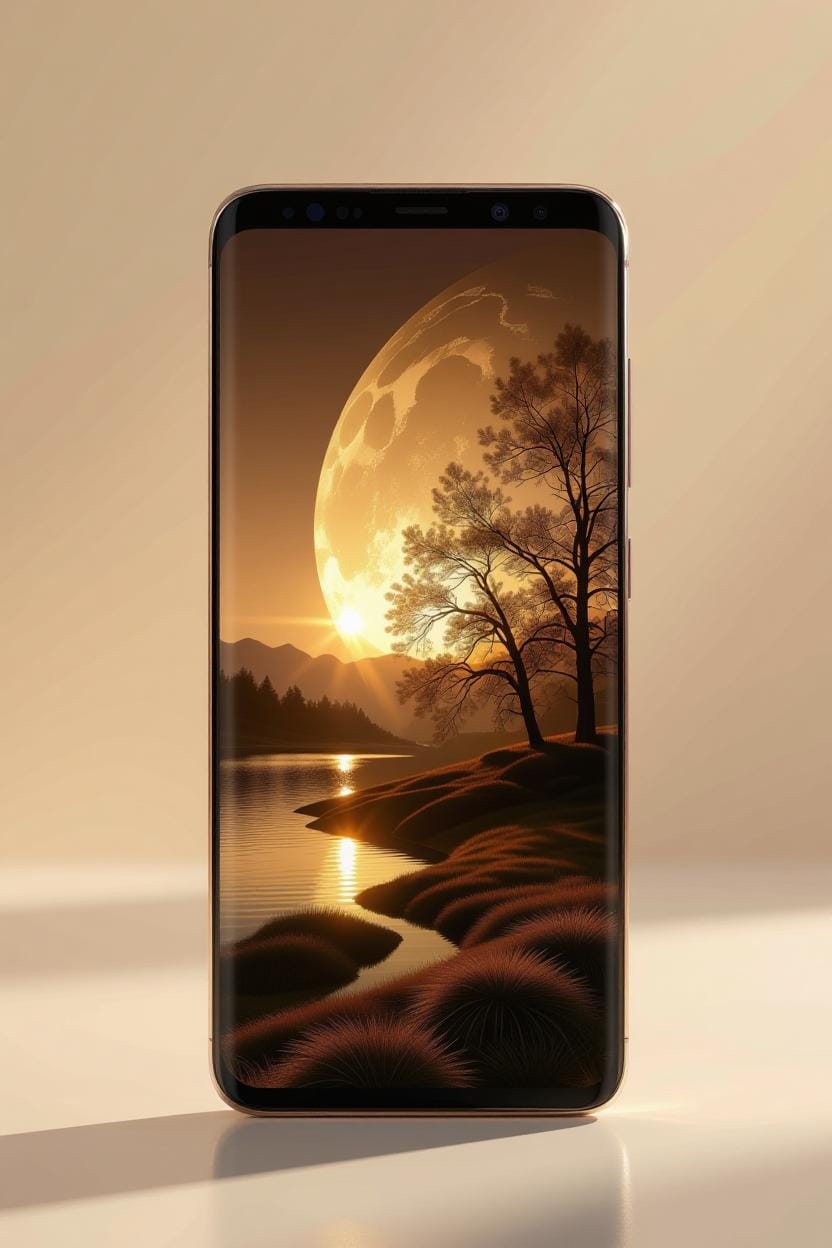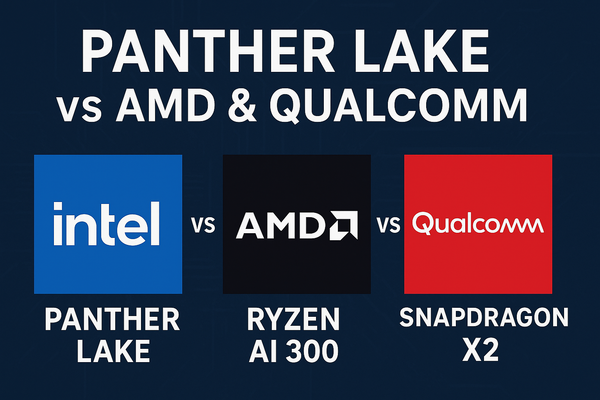Alex's 7-Month Journey with the Samsung Galaxy S25 Ultra: A Daily Driver's Honest Take

Alex, a 32-year-old graphic designer, has been using the Galaxy S25 Ultra since picking it up on launch day in February. Having upgraded from an S23 Ultra, Alex sought a refined "just works" experience, and after seven months of intensive use—editing photos on the go, binge-watching shows, gaming during commutes, and managing work apps—the phone has proven to be an indispensable workhorse. It's not without flaws (no flagship is), but it stands as the most balanced Android device Alex has owned. Below is a breakdown of feedback on the key features, drawn from real-world, hands-on experience rather than mere specifications. In short, Alex still reaches for it every morning, though a few shortcomings spark thoughts of the next generation.
Display: The Star of the Show
The 6.9-inch Dynamic LTPO AMOLED 2X screen remains the standout feature for Alex. The anti-reflective Gorilla Armor 2 coating proves transformative—Alex has relied on it during outdoor client shoots under bright sunlight, where it eliminates glare and delivers vibrant colors without compromise. The 120Hz refresh rate ensures buttery-smooth scrolling through Adobe apps or TikTok, while peak brightness reaches 2,600 nits without fading. Even after months, the always-on display continues to impress with its customizable widgets, offering at-a-glance utility akin to a smartwatch. The only minor drawback: Alex has experienced slight eye strain during late-night sessions, possibly due to PWM dimming at low brightness, though this is infrequent and mitigated with a screen protector.
Processor and Performance: Powerhouse with a Warm Hug
Driven by the Snapdragon 8 Elite for Galaxy and 12GB RAM, the device delivers exceptional speed. Alex multitasks effortlessly between Photoshop, Slack, and Spotify with over 20 Chrome tabs open, encountering no stutters. Games like Genshin Impact run at maximum settings for hours with minimal throttling, and AI-driven photo edits process 40% faster than on the previous phone. Thermal management holds up well; the phone warms during prolonged use but never overheats like some competitors. That said, it occasionally runs warm even when idle, prompting Alex to speculate on whether it's the chip or software optimization—nothing critical, but Alex prefers keeping it on a stand during intensive renders.
Storage: Plenty, But No Room to Grow
Alex opted for the 512GB model, which comfortably accommodates a 200GB+ collection of RAW photos and 4K videos without issue. UFS 4.0 speeds enable instant app launches and rapid file transfers. The limitation, however, is the absence of a microSD slot, which frustrates Alex as a creative who accumulates large files. For non-hoarders, the base 256GB suffices, but Alex would welcome the return of expandable storage.
Cameras: Versatile but Frustratingly Inconsistent
The rear camera array (200MP main, 50MP ultra-wide, 10MP 3x telephoto, 50MP 5x periscope) excels in everyday photography—Space Zoom extends to 100x for fun moon captures, and the ultra-wide lens shines for landscapes with sharp edges and minimal distortion. Nightography reduces low-light noise effectively, while AI features like Audio Eraser rescue vlogs from environmental sounds. The 12MP front camera produces natural, detailed selfies ideal for professional profiles like LinkedIn headshots. Yet, processing can appear flat and hazy at times, particularly with the aging 3x telephoto sensor in dim settings, where noise and limited dynamic range become evident. Video at 8K/30fps performs reliably but falls short in exposure control compared to a friend's Pixel. For a professional like Alex, it's dependable, though not revolutionary enough to replace a dedicated camera.
Battery: Reliable, Not Revolutionary
The 5,000mAh battery supports a full day of mixed activity—roughly 7-8 hours of screen-on time with moderate gaming and editing, leaving 20-30% at day's end. Standby drain remains low, and 45W wired charging refills it in under an hour. The 15W wireless option suits desk setups, and reverse charging powers Alex's earbuds conveniently. However, it's not a leader in the category; Alex charges nightly without exception, and it lags behind devices with silicon-carbide batteries in longevity. The lack of Qi2 support makes MagSafe accessories feel awkward— a point of frustration for Alex.
Build and Design: Ergonomic Upgrade Alex Didn't Know Was Needed
Weighing 233g with a titanium frame, the phone feels lighter and more balanced than Alex's S23 Ultra, courtesy of rounded corners that facilitate one-handed operation (eliminating finger cramps during calls). The IP68 rating has withstood beach outings and rainy hikes unscathed, and the matte finish repels fingerprints better than glossy alternatives. The included S Pen continues to boost productivity for sketching in apps, but the removal of Bluetooth connectivity disappoints—Alex once used it for remote shutter control, now unavailable. Haptics provide precise feedback, albeit on the softer side, and the ultrasonic in-display fingerprint scanner operates with remarkable speed, seldom failing (though accidental pocket unlocks occur if not vigilant). A peculiar irritation: the autocorrect frequently garbles simple phrases like "were you there?" and hides the number row inconveniently.
Software and AI: The Glue That Holds It All Together
One UI 7 atop Android 15 represents Samsung at its finest—fluid animations, bug-free after updates, and seven years of support secure Alex through 2032. Galaxy AI features excel: Now Brief condenses emails for rapid reviews, Gemini Live facilitates voice-based brainstorming, and cross-app actions (such as integrating calendar data into notes) reclaim hours weekly. It offers the richest software skin without unnecessary bloat, surpassing iOS in notification handling. The stereo speakers provide rich sound with solid bass for Netflix viewing, though they lack the depth of certain rivals. UWB functionality enables precise tracking for items like keys, proving invaluable for Alex.
Ultimately, the S25 Ultra represents Samsung's refined formula rather than a bold leap, which is precisely why it suits Alex as a daily essential. It masters the fundamentals with elegance (display, software, build) while faltering on cameras and battery endurance. For upgrades from an S22 or earlier, it's an easy choice; from an S24 Ultra, Alex advises waiting for discounts. Alex has already suggested it to three friends, affirming its $1,300 value within the ecosystem. What's the next upgrade on the horizon?




